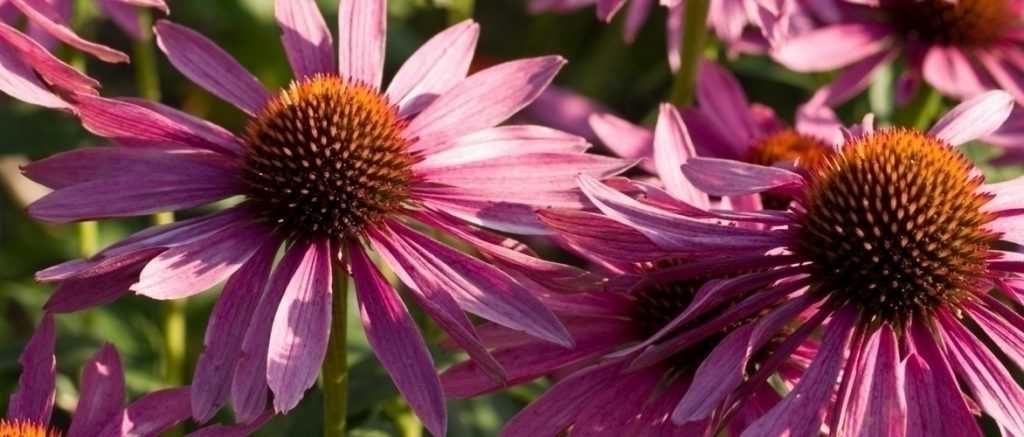
How to plant Echinacea
in the garden
Contents
Versatile, Echinacea fits into all garden designs, thriving as a medium plant or at the back of borders. Extremely easy to grow, once well-rooted in a suitable spot, it will flourish year after year, becoming increasingly floriferous, provided a few single rules are followed! Whether in borders or pots, discover our tips for successful planting.
→ Learn more about coneflowers in our comprehensive guide, and in our advice sheet Choosing an Echinacea
Where to plant Echinacea?
Very easy to grow, Echinacea thrives throughout France and even adapts to coastal areas. With excellent hardiness (down to -15°C), it withstands frost but struggles with extreme cold. However, it tolerates short periods of intense heat.
Once established in a suitable spot, it flourishes year after year, becoming increasingly floriferous—provided it isn’t moved: it takes two years to reach full maturity. Allow its roots to spread undisturbed, as it dislikes transplanting.
Note that double-flowered cultivars have a shorter lifespan, being less resilient than the species type and sometimes behaving as biennials.
If happy, Echinacea can even become slightly invasive… The species type, Echinacea purpurea, may self-seed freely.
Choosing the right planting location is therefore essential.
While it tolerates light shade, this sun-loving plant demands a sunny position. Whether in borders or even on gentle slopes, it adapts well! Container cultivation is possible in rich, humus-bearing soil. Compact varieties like Echinacea angustifolia or Rudbeckia purpurea ‘Avalanche’ will thrive if the soil is never allowed to dry out completely—nor become waterlogged!
It accepts all types of well-drained soil, neutral, moderately dry to fresh, but truly excels in deep, fertile ground. It simply dislikes waterlogged conditions: prolonged rain combined with water-retentive soil can prove fatal. Winter drainage is crucial, while summer watering should be minimal.
Incredibly tough, it fears almost nothing: neither diseases, nor harsh weather, nor frost, nor strong winds (its sturdy stems won’t bend), nor even intense heat, which it withstands in short bursts.
Versatile, it enhances any garden setting, excelling as a mid-border plant, backdrop for beds, or feature in borders. Against a backdrop of climbing roses, clematis, and ornamental grasses, pair it with other low-maintenance perennials in bold hues—such as Achillea, Dahlias, Oriental Poppies, Delphiniums, Agastache, Rudbeckia, or Phlox.
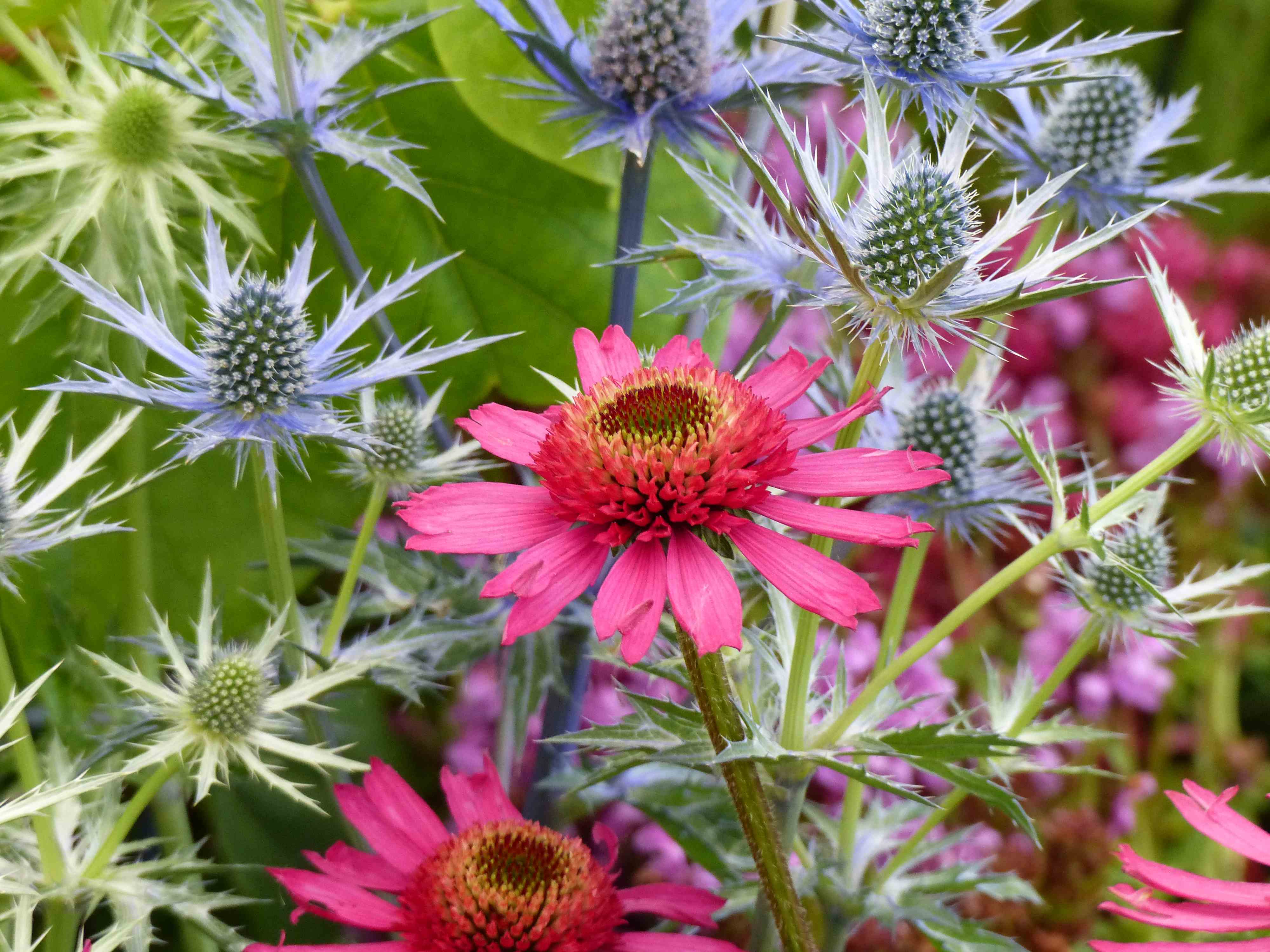
When to plant Echinacea?
Echinacea can be planted in the garden almost all year round, except during periods of frost and severe drought.
In cold and damp regions, ideally plant it in spring when all risk of frost has passed, around March to April.
In southern regions, plant it preferably in autumn, when the young plant begins to enter dormancy and the soil is still warm and moist, from September to October.
Discover other Echinacea - Coneflower
View all →Available in 1 sizes
Available in 1 sizes
Available in 2 sizes
Available in 2 sizes
Available in 2 sizes
Available in 1 sizes
Available in 1 sizes
Available in 2 sizes
Available in 1 sizes
Available in 2 sizes
How to plant?
Rather slow to establish, once well settled (after about two years), it offers excellent longevity coupled with increasingly abundant flowering. Planting it appropriately for its floribundus nature is therefore essential. It prefers soil that remains moist during summer, especially in the early years (as it matures, it will tolerate drought better). It dislikes heavy, waterlogged soils in winter. The soil should be deep and loose to allow optimal development of its root system. Above all, it must be rich in organic matter to ensure good flowering. In poor soils, it will never thrive luxuriantly.
Step 1: Prepare the soil thoroughly
- Loosen the soil, working it well with a digging fork.
- Dig to the depth of a spade, about 25 cm deep.
- Plant it in a mix of compost, with a good amount of well-rotted compost and garden soil.
- If the soil is heavy and clayey, improve drainage by incorporating 50% to 70% gravel or pumice.
Step 2: Give it space
- Soak the buckets in water.
- Allow 5 to 7 buckets per m²—given this perennial’s spreading habit, this is enough to create a lovely mass effect.
- Space the young plants 30 cm apart when planting.
- Once established, avoid disturbing them. They will only begin to fill out and flower properly in their second year.
- Water regularly in summer, especially in the first year, but without excess: the more it reaches ripeness, the more drought-tolerant it becomes—a few summer waterings will suffice. It is not water-demanding.
Step 3: Protect it!
- In spring, protect its young shoots from snails and slugs—if needed, use fern slurry to deter them.
Step 4: Keep it cool!
- Mulch in May-June to keep the soil cool at its base with a mineral mulch (gravel, pebbles, pumice…), especially in summer—this ensures prolonged flowering.
Step 5: Feed it!
- Echinacea thrives in fertile soil and is greedy—feed it with compost applied in spring.
In pots:
- Plant it in a pot at least 30 cm wide. Ensure the pot has good drainage holes, as stagnant water will cause the roots to rot.
- Spread a 5 cm layer of clay pebbles.
- Prepare an equal mix of potting compost, garden soil, and gravel.
- Plant the rootball in this mix, 3 cm from the pot’s edge.
- Water regularly without drowning the roots.
- Apply compost each year in spring and autumn.
- They can overwinter outdoors if temperatures do not drop below -15°C.
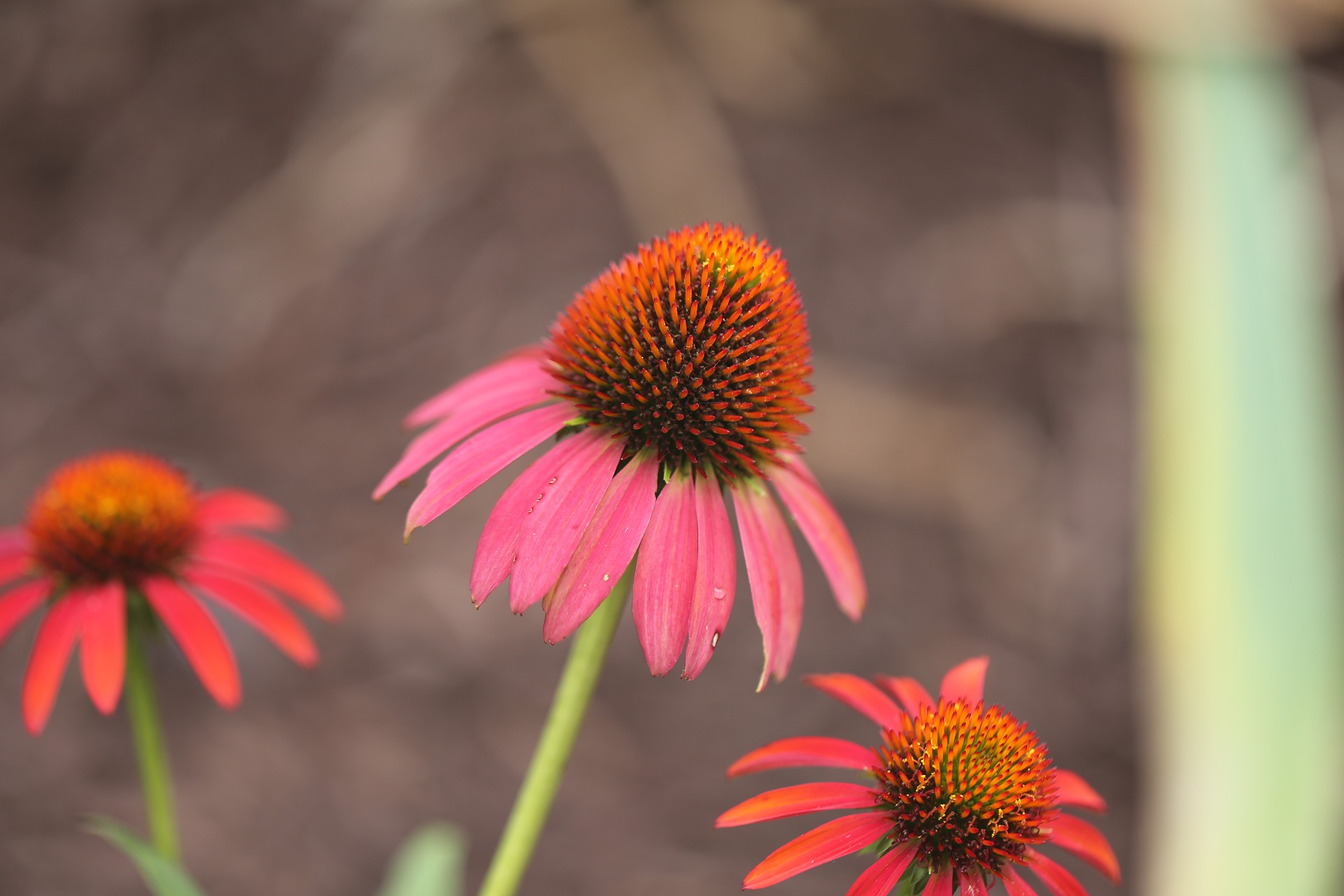
- Subscribe!
- Contents


































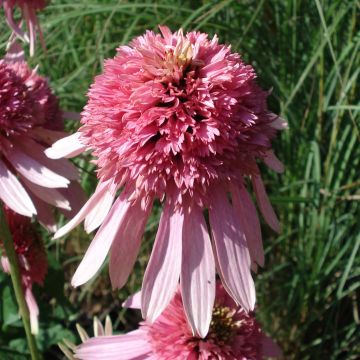
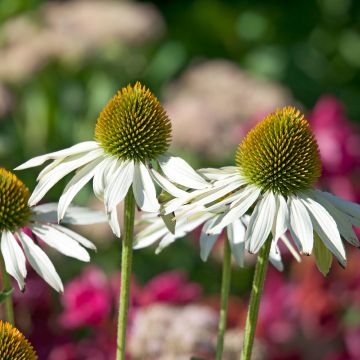
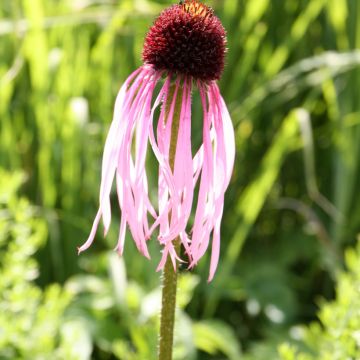
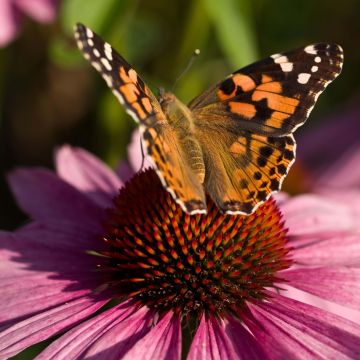
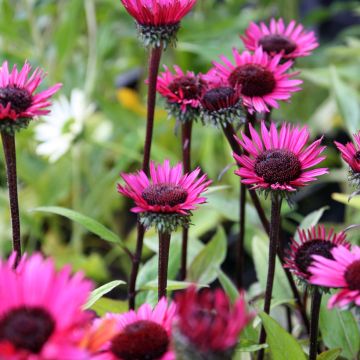
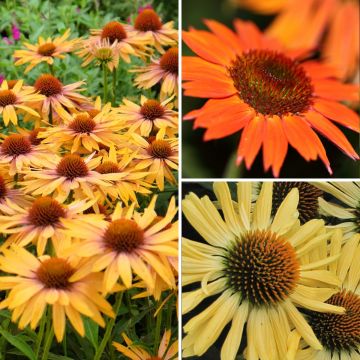

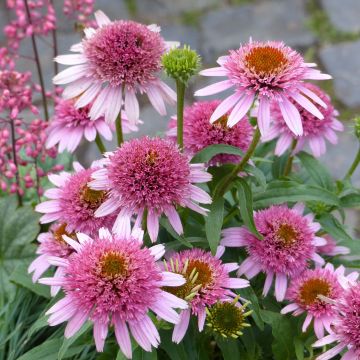
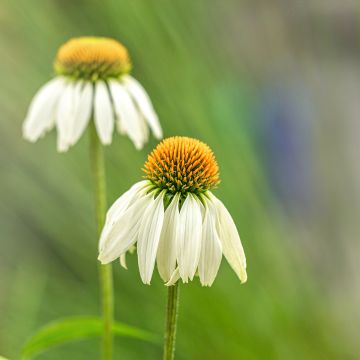
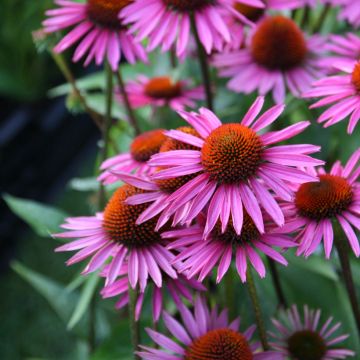
Comments